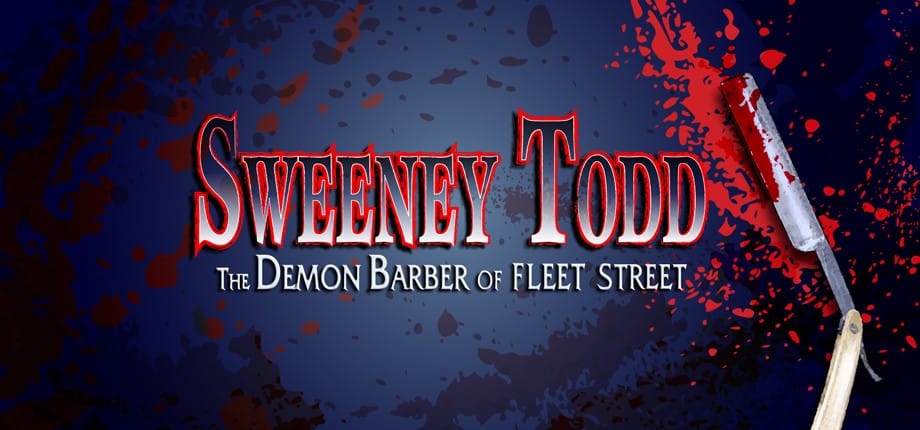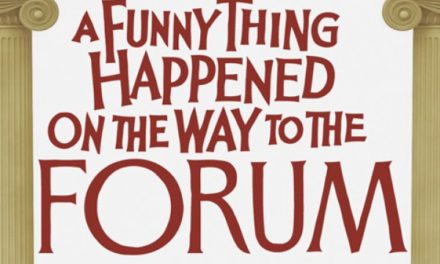The Writing of Sweeney Todd
The opening vamp of Sweeney Todd contains a swell. That is, the music gets louder, as if something momentous is about to happen, and then this tension is relieved: it goes back to the way it started. The composer, Stephen Sondheim, is playing with us: we anticipate, almost every second of the show, that something scary is about to take place.
We are being played with, of course, by a master writing at the height of his powers. (After Sweeney Todd, every new Sondheim musical was greeted with, “not as good as Sweeney Todd.”) It’s something of a campfire story, intended to frighten, with lots of ghoulish humor along the way: “Attend the tale of Sweeney Todd. His skin was pale and his eye was odd. He shaved the faces of gentlemen who never thereafter were heard of again.”
A look at the score reveals a huge bag of tricks, designed to maximize tension. There are dissonances, often in sung chords, and these often resolve to tonality before they annoy the ear. One surprising technique is the use of a slow waltz. Theres a strange beauty in the lullaby-like chords that lead to a love song Sweeney sings to his razor blades. Even better is the moment much of the first act has been building up to: when the hated Judge takes the barbers chair. Will Sweeney slit his throat immediately? We bite our nails and, without warning, a new steady-tempo waltz strikes up, a major seventh chord with a subtly added flatted fifth. And victim and prey sing, rhapsodically and humorously, a song called “Pretty Women.” This delay in anticipated violence is, perhaps, the most deliciously scary moment in any musical.
Another sort of waltz, the rollicking music hall type, finishes the act, “A Little Priest.” It’s a comedy duet that enraptures not just because its funny or sick, but because Sweeney expresses joy for the first time and his accomplice, Mrs. Lovett, achieves the objective thats motivated her every action throughout the act: She wants Sweeney to take romantic interest in her. Other attempts have failed, but in this song, when she reveals a creepy sense of humor and a devious mind that matches his, we experience the elation of characters falling in love. This is not stated, but submerged in subtext. On the surface, its something different: speculation about how various professionals might taste as meat pies. There’s even another level: the lyric is full of double entendres, serving as an invitation to a sexual relationship without being too obvious about it.
The return of this waltz, at the climax of the second act, is the kind of reprise that sets our initial reaction to a song on its ear. This time, we are extremely worried about the fate of a character we love, and there’s nothing calming about hearing the waltz again here.


















